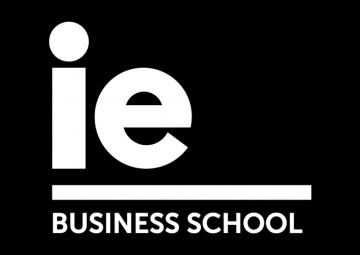Program content
WEEK 1 - WELCOME TO THE PROGRAM
In this week, participants will meet the professor and become familiarized with the main objectives of the program, the program structure, and the assignments they will be working on during the rest of the program. A welcome networking session will be hosted, giving participants the opportunity to forge meaningful connections with their peers.
WEEK 2 - CUSTOMER EXPERIENCE IN THE DIGITAL AGE: UX & DESIGN STRATEGIES
This week, we´ll begin to explore the essence of the experience economy, emphasizing design's pivotal role in business. This week, participants will explore the critical success factors for becoming design leaders and unravel the business value inherent in design within the context of customer experience. We will look at the shift towards brands as experiences and the impact of software in the digital age and assess the repercussions of bad software on customer experience, identifying real-world examples of companies thriving in the experience economy. This week sets the foundation for understanding the symbiotic relationship between design, customer experience, and business success.
After completing this week of study, participants will be able to:
- Recall the three critical success factors to become a design leader.
- Explain the role of design in the business world.
- Discuss the business value of design in the context of customer experience.
- Analyze the impact of bad software on customer experience using a real example.
During week two of the program, a live session with the program Learning Facilitator will be hosted, an opportunity to connect with an industry expert who will be guiding you through your learning journey.
WEEK 3 - THE DESIGN PROCESS: HOW TO DESIGN A MEMORABLE PRODUCT OR SERVICE
This week we´ll look at the strategic intricacies of digital product design through a comprehensive six-step framework. We´ll discuss the critical success factors influencing product development, including industry dynamics, target audiences, product definition, and the customer journey. We´ll then turn our attention to conceptual design principles, and the digital product design processes using relevant tools and frameworks. Finally, we´ll turn our attention to the deployment phase, exploring high-fidelity design, visual design toolsets, and design systems, with an eye to creating a product vision for a new product in the week´s graded assignment.
After this week, participants will be able to:
- List the steps of the digital product design process.
- Deploy visual design using a range of visual design toolsets and systems
- Evaluate and suggest improvements to the digital product design process within a company.
During week three of the program, an interactive live session with the program faculty will be hosted, giving participants the opportunity to engage directly with the creator of the program, dive deeper into concepts seen in the learning materials, and discuss practical applications.
WEEK 4 - USER EXPERIENCE RESEARCH
In the final week of this program, participants will dive into the core principles of UX research methods in order to decipher user behaviors and preferences. We will discuss the main elements of prevalent UX research methods, explore the significance of the user's mental model, and distinguish between qualitative and quantitative metrics. We´ll examine the nuances of heuristic reviews, user testing, and generative methods like card sorting and journey mapping and put our learning into practice with a card sorting exercise and creating a customer map. The week culminates in a final project, where participants apply their knowledge to craft a prototype, integrating key insights from UX research into a tangible design and low-fidelity wireframes of a product prototype.
After this week, participants will be able to:
- Discuss the main elements of the most common UX research methods.
- Explain the user mental model and its importance in UX research.
- Differentiate between qualitative and quantitative metrics in UX research.
- Conduct a heuristic review of a given interface.
- Create a customer map using card sorting methodology.
At the end of week four, participants are given the opportunity to continue networking in a live session, discussing key takeaways from the program and looking forward collectively to how they will implement these takeaways in their individual business contexts.
FINAL PROJECT
GRADED ASSESSMENT – FINAL ASSIGNMENT GRADED BY LEARNING FACILITATOR

